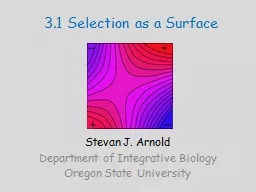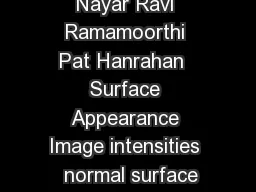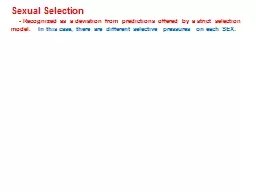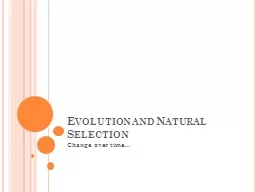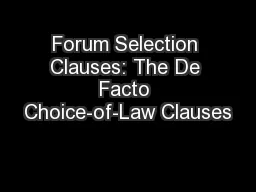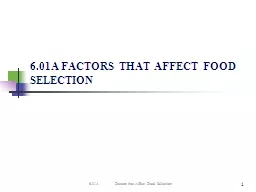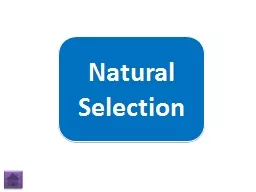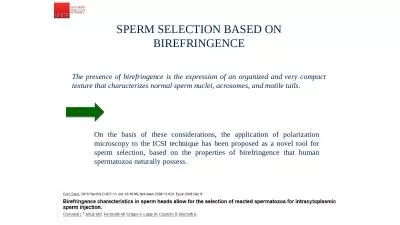PPT-3.1 Selection as a Surface
Author : marina-yarberry | Published Date : 2015-12-02
Stevan J Arnold Department of Integrative Biology Oregon State University Thesis We can think of selection as a surface Selection surfaces allow us to estimate selection
Presentation Embed Code
Download Presentation
Download Presentation The PPT/PDF document "3.1 Selection as a Surface" is the property of its rightful owner. Permission is granted to download and print the materials on this website for personal, non-commercial use only, and to display it on your personal computer provided you do not modify the materials and that you retain all copyright notices contained in the materials. By downloading content from our website, you accept the terms of this agreement.
3.1 Selection as a Surface: Transcript
Download Rules Of Document
"3.1 Selection as a Surface"The content belongs to its owner. You may download and print it for personal use, without modification, and keep all copyright notices. By downloading, you agree to these terms.
Related Documents

